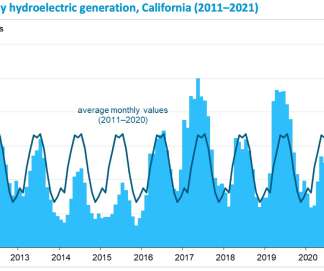University of Nebraska-Lincoln leading $13.5M effort to improve sorghum for biofuel
Green Car Congress
SEPTEMBER 30, 2015
The University of Nebraska-Lincoln will lead a $13.5-million, Funded by the US Department of Energy, this five-year grant takes a comprehensive approach to better understand how plants and microbes interact, and to learn which sorghum germplasm grows better with less water and nitrogen.






































Let's personalize your content